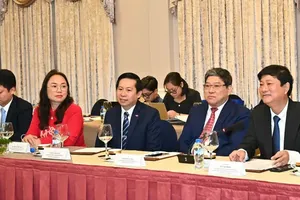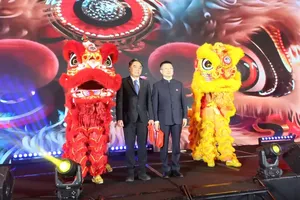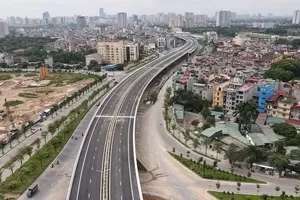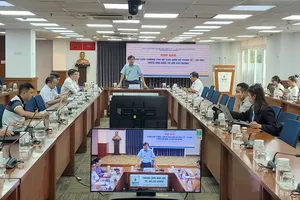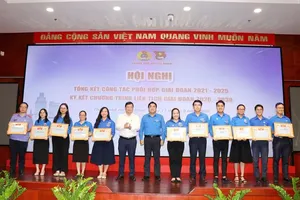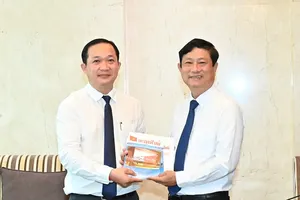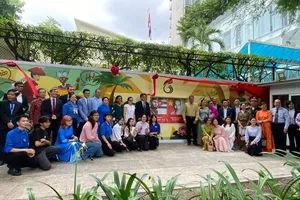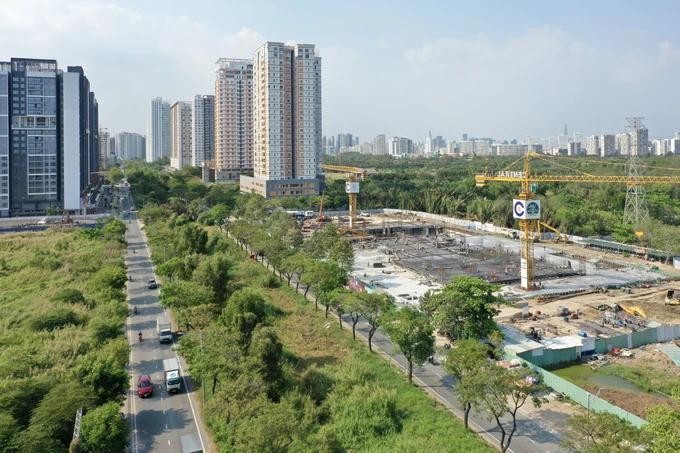
The HCMC Department of Construction yesterday submitted a report to the HCMC People's Committee outlining key issues requiring consultation from the Standing Committee of the HCMC Party Committee. This consultation aims to support the development of the Project for adjusting the HCMC Master Plan through 2040, with a vision extending to 2060.
The approved master plan for 2021-2030 with a vision to 2050, stated that after 2030, the southern metropolis will start developing urban areas based on a multi-center city model.
Specifically, HCMC will have urban areas including central urban area; Thu Duc urban area; Cu Chi-Hoc Mon urban area; Binh Chanh urban area; District 7-Nha Be urban area and Can Gio urban area (marine ecological urban area).
The official boundaries of urban areas are determined according to the urban establishment decision approved by competent authorities; plus, the construction of Ho Chi Minh City must be completed by 2050 according to the multi-center city model.
To develop urban areas under a multi-center city model after 2030, the spatial zoning plan in the Project to adjust Ho Chi Minh City’s general planning to 2040, with a vision to 2060, proposes six sub-zones:
1. Central Urban Zone – covering districts 1, 3, 4, 5, 6, 8, Binh Thanh, Phu Nhuan, Tan Binh, Tan Phu, Go Vap, Binh Tan, and part of district 12.
2. Eastern Urban Zone – aligned with the boundaries of Thu Duc City.
3. North-Northwest Urban Zone – including Cu Chi, Hoc Mon, and part of district 12.
4. Western Urban Zone – primarily covering Binh Chanh district.
5. Southern Urban Zone – encompassing district 7 and Nha Be district.
6. Can Gio Zoning – consisting of the Can Gio urban development area including Binh Khanh, Can Thanh, urban clusters along the Soai Rap River corridor and coastal urban areas and a forest area, which includes both core and buffer zones.

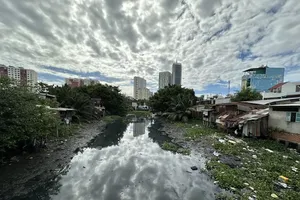


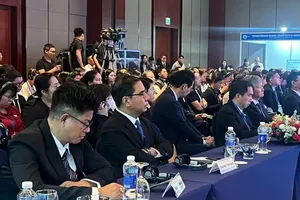
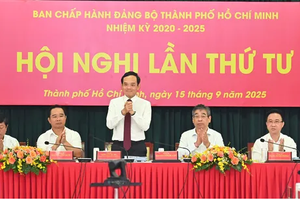
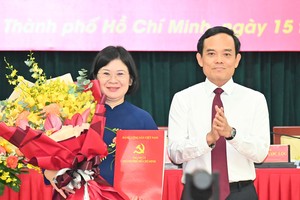

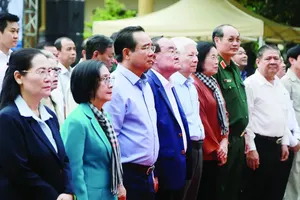
)
